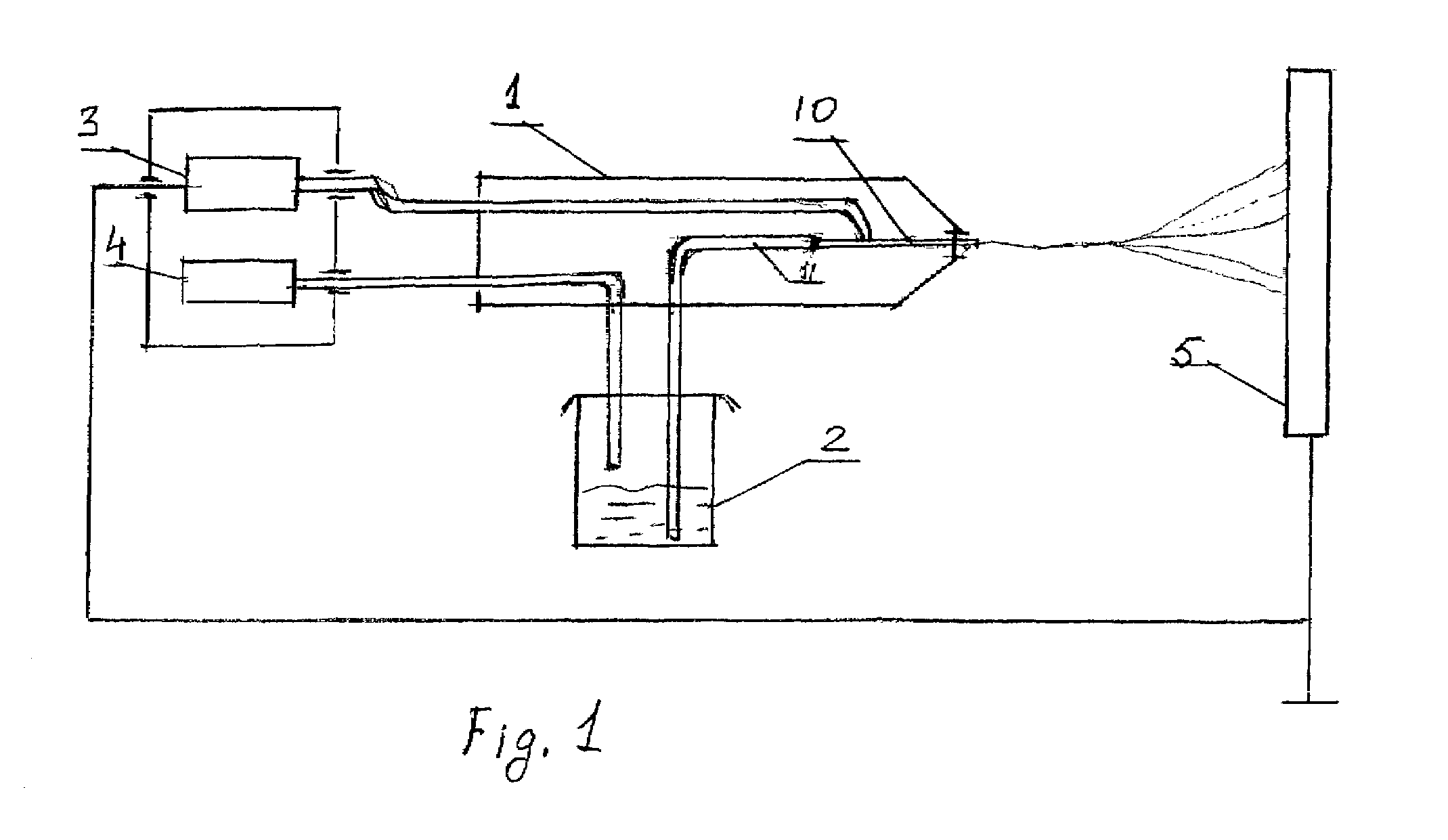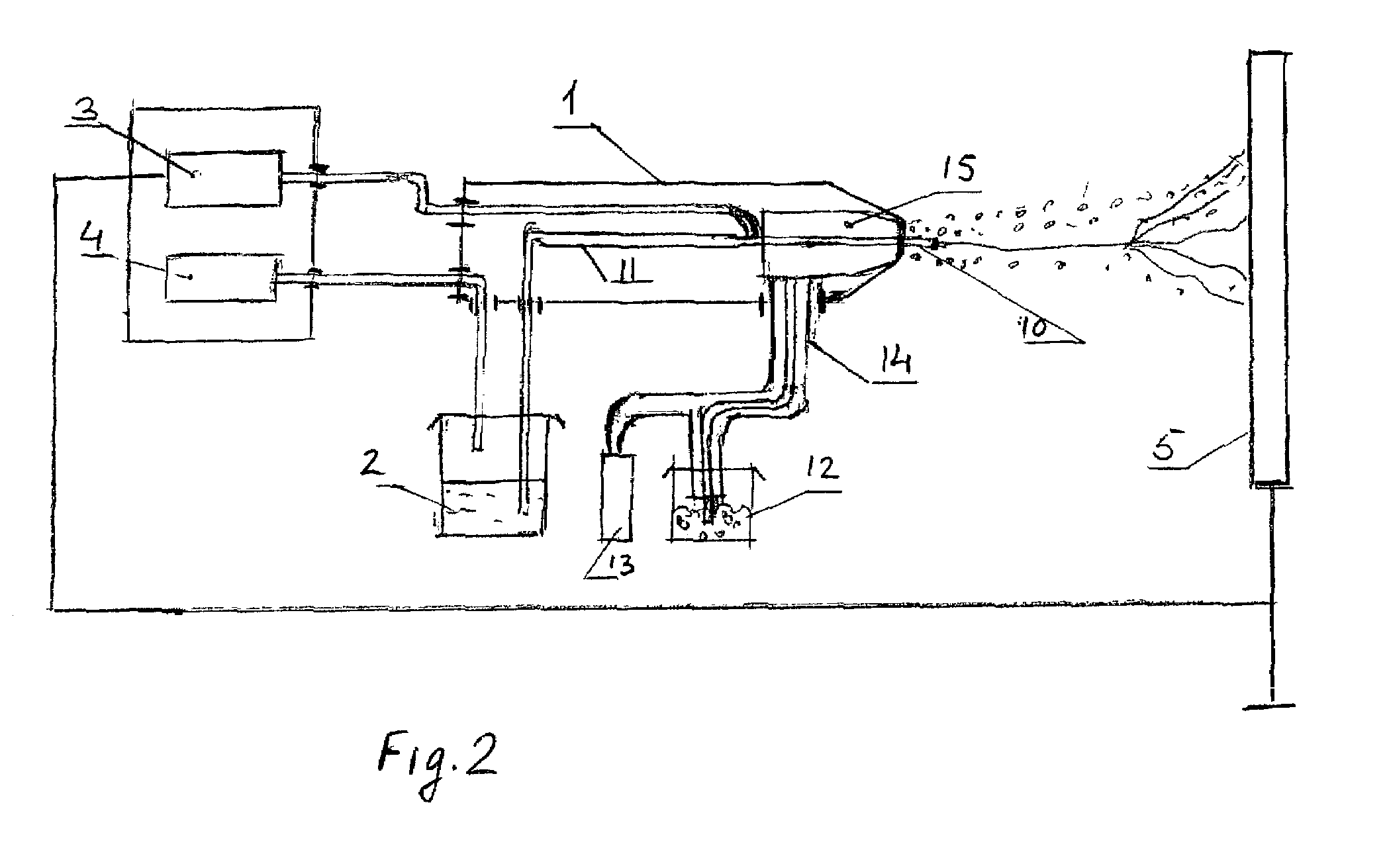Biodegradable absorbents and methods of preparation
a biodegradable and absorbent technology, applied in the direction of antibacterial agents, drug compositions, extracellular fluid disorders, etc., can solve the problems of reducing the biodegradability of materials, limited external application of materials, and inability to biodegrade, so as to improve the healing of wounds, improve the healing effect, and predict the biodegradation time
- Summary
- Abstract
- Description
- Claims
- Application Information
AI Technical Summary
Benefits of technology
Problems solved by technology
Method used
Image
Examples
example 1
A Biodegradable Absorbent Utilizing Microfibres Containing Poly (Lactide-co-glycolide and / or Poly-(N-vinyl) Pyrrolidone with Variable “Breathing” Capabilities
Materials:
[0037]Poly (d.l-lactide-co-glycolide) with a lactide / glycolide ratio 70 / 30 w / w and with an average molecular weight of 150000 Dal and Poly-d.l-lactide with an average molecular weight of 230000 Dal was synthesized by conventional ring-opening polymerization from d.l-lactide and glycolide that were purchased from Russian National Institute of Monomers (Tula, Russia). Poly-(N-vinyl) pyrrolidone with an average molecular weight of 30000 Dal was purchased from a Russian enterprise.
Methods.
1 Solution Preparation.
[0038]Poly (d.l-lactide-co-glycolide) (PLGA) was dissolved in ethyl acetate to make a 20% (w / w) solution with solution viscosity 1-2 poise (Solution A) or a 10% (w / w) solution with solution viscosity 0.5 poise (Solution B). Poly-(N-vinyl) pyrrolidone (PVP) was dissolved in ethanol making a 20% (w / w) solution and mi...
example 2
Preparation of Fiber and / or Biodegradable Absorbent with Additional Therapeutic Performance
[0054]Sample 1.
[0055]Silver sulfadiazine was dissolved under slight heating in ethanol to form a 5% solution and then added to the PLGA / PVP solution described above to yield a 1% silver sulfadiazine concentration in the final material. The solution was spun by the electrohydrodynamic method with 30 kV at 25 cm gap distance L (FIG. 1) for 1 hour. The microfiber thickness was around 1.5-2 μm with a surface density (a coating level) ˜5 mg / cm2.
[0056]Sample 2.
[0057]Silver sulfadiazine in the form of fine particles was placed into container 12 (FIG. 2) and immobilized using a compressed air stream (˜0.5 atm) onto the surface of a just prepared absorbent deposited on a surface of a rotating drum using 30 kV at a gap distance 25 cm.
PUM
| Property | Measurement | Unit |
|---|---|---|
| voltage | aaaaa | aaaaa |
| diameter | aaaaa | aaaaa |
| weight percent | aaaaa | aaaaa |
Abstract
Description
Claims
Application Information
 Login to View More
Login to View More - R&D
- Intellectual Property
- Life Sciences
- Materials
- Tech Scout
- Unparalleled Data Quality
- Higher Quality Content
- 60% Fewer Hallucinations
Browse by: Latest US Patents, China's latest patents, Technical Efficacy Thesaurus, Application Domain, Technology Topic, Popular Technical Reports.
© 2025 PatSnap. All rights reserved.Legal|Privacy policy|Modern Slavery Act Transparency Statement|Sitemap|About US| Contact US: help@patsnap.com



